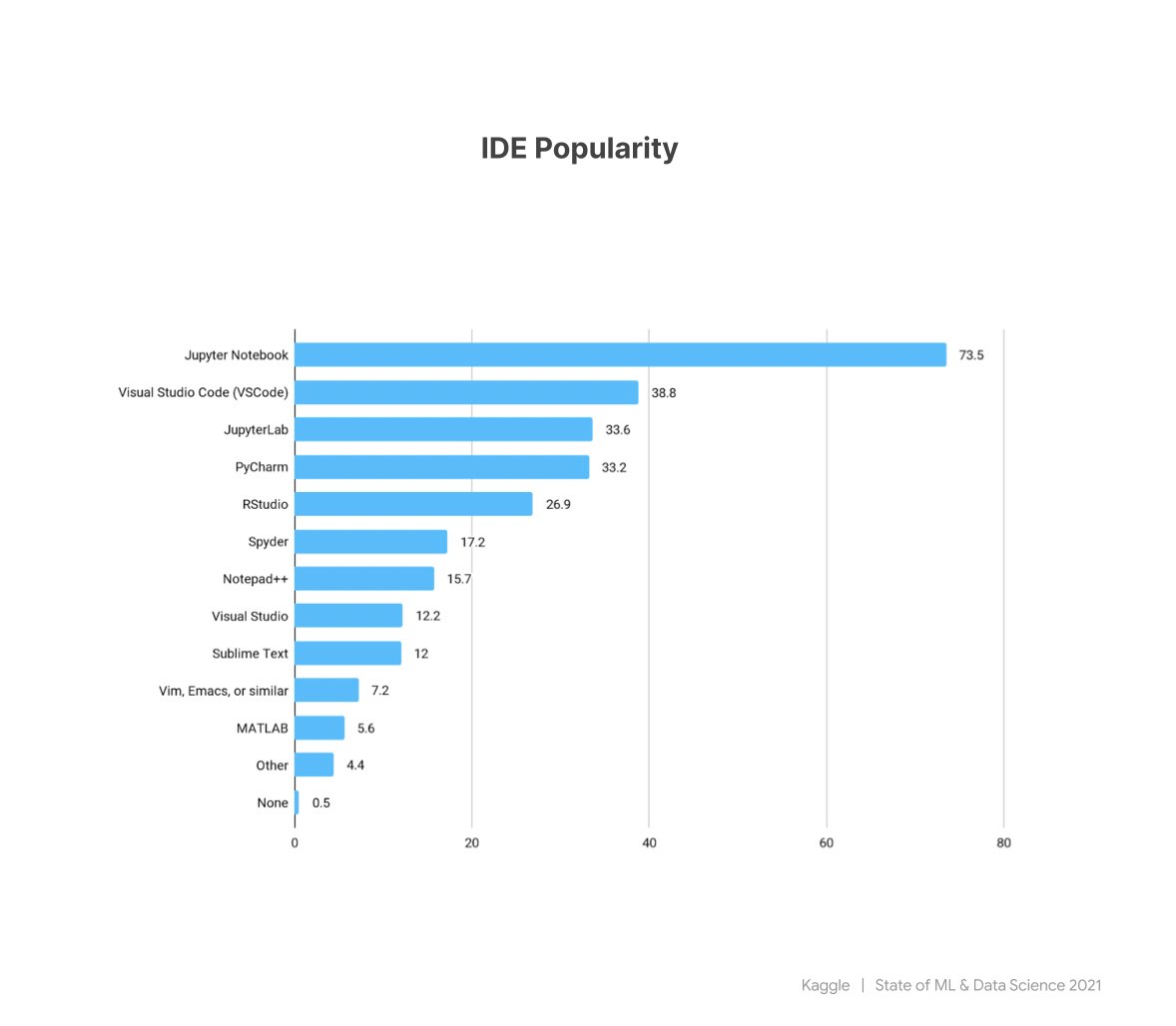
My summary of the week on Twitter ML:
◆ 3 threads on explaining complex concepts
◆ 2 on practical learning resources and
◆ 1 good news
🧵🧵
◆ 3 threads on explaining complex concepts
◆ 2 on practical learning resources and
◆ 1 good news
🧵🧵
EXPLAINED CONCEPTS/IDEAS
#1 @fchollet on the nature of generalization in deep learning, clearly explaining interpolation and manifold hypothesis.
A long thread that is worth reading
#1 @fchollet on the nature of generalization in deep learning, clearly explaining interpolation and manifold hypothesis.
A long thread that is worth reading
https://twitter.com/fchollet/status/1450524400227287040?s=20
#2 @svpino on what you didn't know about machine learning pipelines.
https://twitter.com/svpino/status/1451503779623354370?s=20
#3 @AlejandroPiad on the difference between P and NP, one of the most important theories in computer science.
https://twitter.com/AlejandroPiad/status/1451111039207096323?s=20
PRACTICAL LEARNING RESOURCES
#1 A collection of Kaggle solutions notebooks in both deep learning, and classical machine learning.
From @rasbt
#1 A collection of Kaggle solutions notebooks in both deep learning, and classical machine learning.
From @rasbt
https://twitter.com/rasbt/status/1450886551647424517?s=20
#2 A collection of hands-on projects in various fields: Computer vision, NLP, Reinforcement learning, data engineering, data visualization, and model deployment
From @TivadarDanka
From @TivadarDanka
https://twitter.com/TivadarDanka/status/1450427430733295617?s=20
WRAPPING UP THE WEEK ON SOME GOOD NEWS
%matplotlib inline is now optional when you import matplotlib.pyplot in a Jupyter notebook
From @aureliengeron
%matplotlib inline is now optional when you import matplotlib.pyplot in a Jupyter notebook
From @aureliengeron
https://twitter.com/aureliengeron/status/1450725648268283906?s=20
• • •
Missing some Tweet in this thread? You can try to
force a refresh








